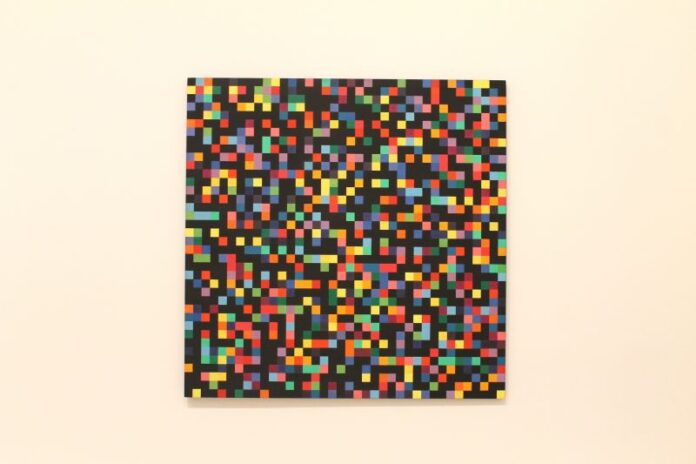How in many cases human centered design is helping somehow to maintain or reinforce some values of the economic system we live in that are not creating a better society? Values that are preventing the progress of society and causing many of the problems we currently face.
Since I heard about human centered design, I thought it was a great approach to start conceptualizing, a great way to build a trustable base to start designing (obviously, if we are designing for humans, we need to first understand the people who we are designing for; their needs, feelings, desires, experiences, etc.)
The method and its phases at first sight make a lot of sense; we first need to understand the people we are designing for (research/inspiration), for later being able to propose solutions to problems they are facing, and at the “end” prove if is the best solution (implementation/prototyping). Of course this sounds awesome, however, all the people who have use it knows that the process does not perform that way and it´s not as easy, simple and always fun as it is presented.
Anyway, this method seems (very) attractive for business executives and designers, and many companies are taking workshops to learn more about, training people and adopting it as part of an innovation culture, also many universities, consultancies, agencies are offering this type of workshops, courses and programs around this method.
But if we go a little bit under the surface and ask ourselves for who are we designing for (at the end) in many cases we will be surprised. Humans, have a set of necessities (according to the Maslow Pyramid) which come from the basic ones: physiological, as food, house, rest, safety, etc. psychological needs, as sense of belongingness and accomplishment feeling, at the top of the pyramid comes the self-fulfillment needs, which could be the achievement of one´s full potential, creative activities, etc. And when these necessities are not met because of the demands of the system, we designers, come to propose something that can adapt to their lifestyle and cover those needs.
Another point I would like mention is that many times this method´s approach is designed for a few humans, and sometimes for humans of high income, which is excluding the majority of people. So comes to my mind the following question: is the use of human centered approach to just benefit a small part of the population really human?
Reflective Analysis
The relationship between human-centered design and its potential negative consequences on society is relevant to any field of work where the design process is used. If one is working in a field that involves designing products, services, or systems that affect people’s lives, it is important to consider the potential impact of their designs on society. A lot of times HCD brings ideas that improve people’s lives and create a positive change, but I think is very important to be aware of who are we designing for (at the end) and which values we are reinforcing, which in many times could be: efficiency, profit and economic growth above everything, productivity, immediacy, rapid change, wellness, career-driven life, etc. This article is relevant to my research topic by shedding the light on how prioritizing these values could lead to exclusion, violation of human rights, consumerism, climate change, the increase of the contrast between people´s socio-economic status, maintaining wealthy people focused on creating superficial lives, which follow up building indifference and barriers between people.
Source
Human centered design or economic system centered design? Transdisciplinary Design. (2017). http://sds.parsons.edu/transdesign/seminar/human-centered-design-or-economic-system-centered-design/




